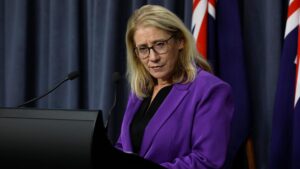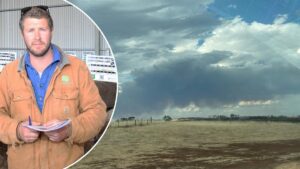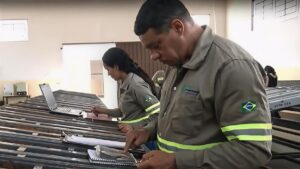
Young depressed woman, domestic violence and rape. stop abusing violence, human trafficking, stop violence against women, Human is not a product. Stop women abuse, Human rights violations.
UPDATE: New research reveals that sexual violence costs Australia a staggering $14 billion each year, highlighting an urgent public health crisis that demands immediate government action. As reported by the UWA Public Policy Institute, these costs exceed annual expenditures on major public health issues like diabetes and heart disease, which stand at $2 billion and $2.5 billion, respectively.
This alarming figure underscores the escalating toll of sexual violence, which the Australian Bureau of Statistics (ABS) indicates has reached a 31-year high in reported incidents. 2024 marks the 13th consecutive annual increase, with the national rate now at 147 incidents per 100,000 persons.
Yet, despite these stark numbers, funding for specialist sexual assault services is lagging. Experts warn that $90 million in funding shortfalls mean that 23,000 individuals miss out on timely support each year, leaving many vulnerable to ongoing trauma and reliance on costly public systems.
“We must change the trajectory of sexual violence in Australia,” said Micaela Cronin, Domestic, Family and Sexual Violence Commissioner, echoing the urgent need for a shift in governmental priorities.
The economic implications are profound. Each unserved victim-survivor today creates future costs, with economists estimating that the government forgoes at least $230 million in lost tax revenue annually, in addition to wasting $100 million on inefficient government responses linked to these issues.
Authorities confirm that a mere 13 percent of women report their most recent incident of sexual violence to the police. This means the real scale of the crisis is likely much greater, as more victims come forward seeking help, leading to longer wait times for services.
As demand surges, the risk of system failure grows. Current funding models fail to reflect the true costs of harm, creating a widening gap between need and response. This is not just a social issue; it is an urgent economic one that governments can no longer afford to ignore.
Experts argue that investing in recovery and response services is not merely an act of compassion but a sound economic strategy. Addressing sexual violence effectively can reduce long-term spending, strengthen community participation, and ultimately benefit the economy as a whole.
The call to action is clear: governments must align funding with community needs and implement evidence-based prevention strategies. The question remains—can Australia afford to neglect this critical issue any longer?
As the discourse on funding priorities escalates, the need for immediate and effective action to combat sexual violence becomes increasingly apparent. This is a developing story that requires the attention of policymakers and the public alike.





